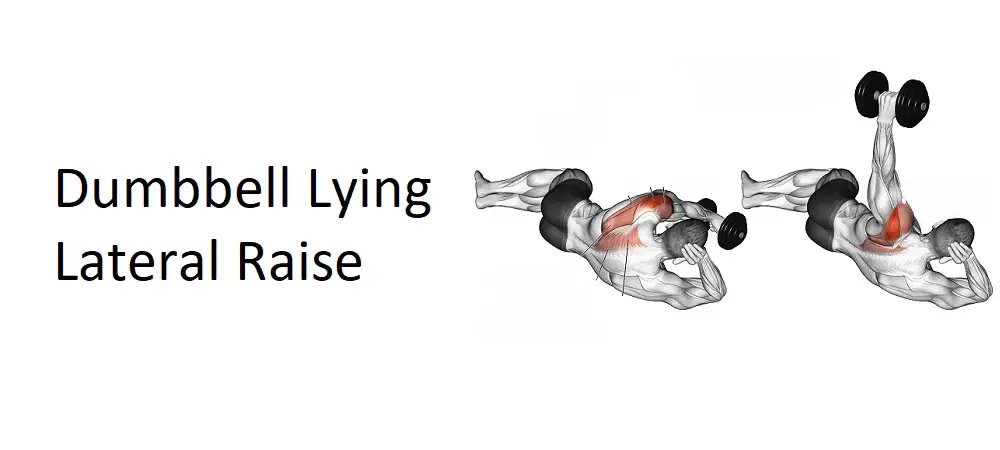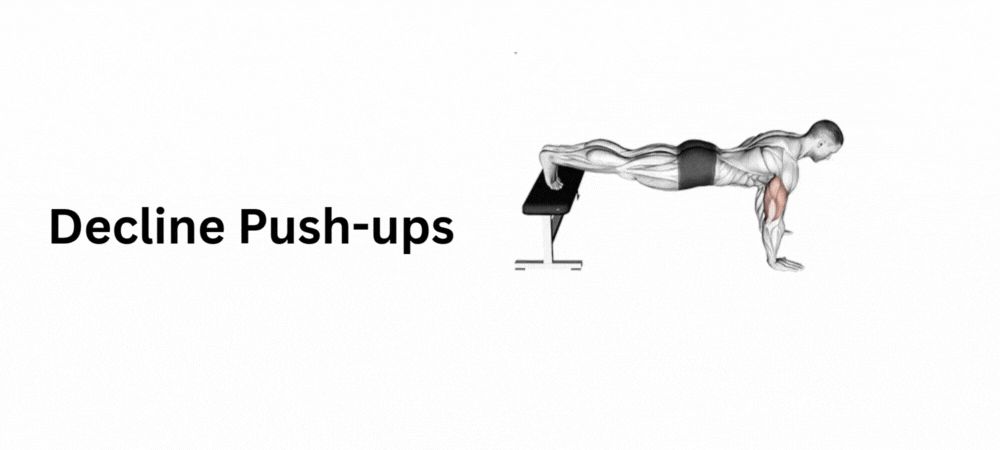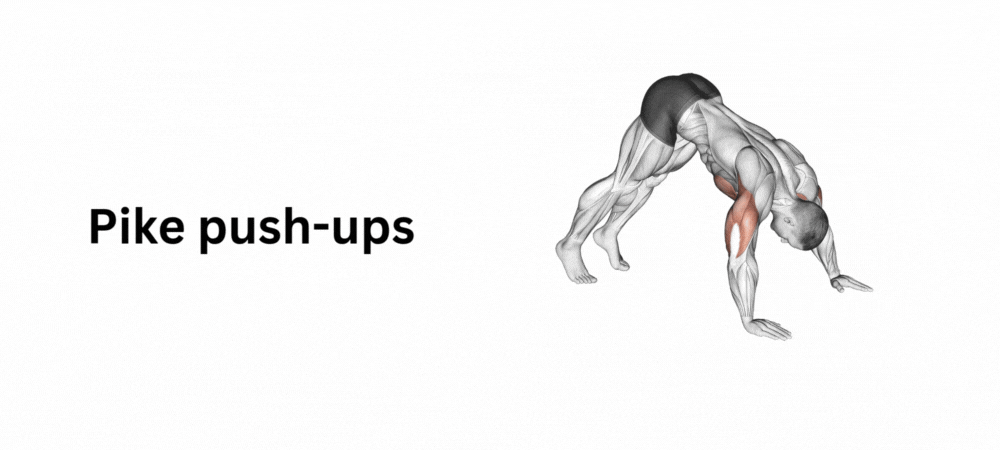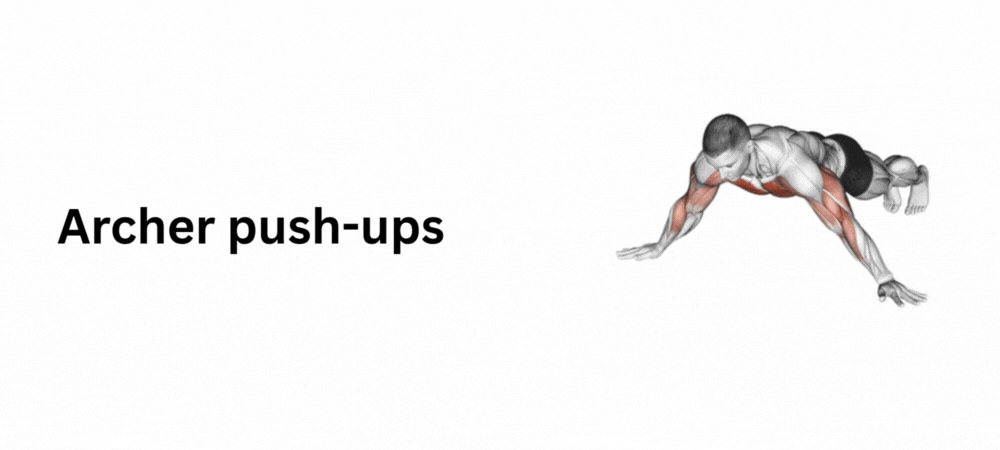Table of Contents
Introduction
The Dumbbell Lying Lateral Raise is an isolation exercise that effectively targets the lateral deltoids, helping to enhance shoulder width and overall upper body aesthetics. By lying on your side, you limit momentum and improve muscle activation in the lateral deltoids, focusing the workload on the shoulders. This exercise is perfect for building broader shoulders and creating the sought-after V-taper physique.
Due to its controlled movement, the Dumbbell Lying Lateral Raise is suitable for people of all fitness levels, from beginners learning proper shoulder mechanics to advanced lifters refining shoulder definition.
Instructions: How to Perform Dumbbell Lying Lateral Raise
To perform this exercise correctly, follow these steps:
- Setup: Lie on your side on a flat bench or the floor. Start by holding a dumbbell in your top hand with a neutral grip (palm facing in), and keep your lower arm bent slightly in front of you for balance.
- Body Positioning: Make sure your body is in a straight line from head to feet, keeping your core engaged and spine neutral to stabilize yourself during the movement.
- Starting Position: Place the dumbbell slightly in front of your hip with a slight bend in your elbow. Your top arm should be straight but relaxed, ready to move.
- Raise the Dumbbell: Lift the dumbbell upward and out to the side in a smooth arc until it reaches shoulder height or just slightly above. Keep the motion slow and controlled, focusing on squeezing the lateral deltoid at the top.
- Controlled Lowering: Lower the dumbbell back down to the starting position with control, keeping tension in your shoulder throughout the movement.
- Repetitions: Aim for 10–15 reps per set, performing 3–4 sets on each side.
Pro Tips:
- Avoid lifting the dumbbell too high, as this may engage the traps instead of isolating the deltoid.
- Keep a slight bend in your elbow throughout the movement to reduce stress on the joint.
- Move slowly and control each rep to fully engage the lateral deltoid.
Benefits of Dumbbell Lying Lateral Raise
The Dumbbell Lying Lateral Raise offers multiple benefits, making it an excellent addition to any shoulder workout:
- Isolation of the Lateral Deltoid: This exercise effectively targets the lateral deltoid, helping build shoulder width and enhancing upper body aesthetics.
- Minimizes Momentum: The lying position limits the use of momentum, ensuring that your shoulder muscles do the majority of the work.
- Improves Shoulder Definition: Regularly performing this exercise can help create a more sculpted, defined shoulder, which enhances the overall look of the upper body.
- Helps Prevent Shoulder Imbalances: Working one side at a time can reveal and help correct any strength imbalances between the left and right shoulders.
- Reduces Stress on Lower Back: Unlike standing lateral raises, this version puts no pressure on the lower back, making it ideal for people with back issues.
Muscles Worked in Dumbbell Lying Lateral Raise
This exercise primarily targets the lateral deltoid, while also engaging other muscles for stability:
- Lateral Deltoid: The main muscle worked, responsible for shoulder abduction, giving the shoulder its width and rounded appearance.
- Supraspinatus: Part of the rotator cuff, this muscle assists with shoulder abduction and helps stabilize the joint.
- Upper Trapezius: Although minimally involved, the traps help stabilize the shoulder during the upward movement.
- Core Muscles: The core engages to help maintain stability and balance throughout the exercise.
Video on How to Do Dumbbell Lying Lateral Raise
Other Names for Dumbbell Lying Lateral Raise
The Dumbbell Lying Lateral Raise may also be referred to as:
- Side-Lying Dumbbell Lateral Raise
- Side-Lying Lateral Raise
- Side-Lying Shoulder Raise
Regardless of the name, this exercise remains an effective movement for lateral deltoid development.
FAQs
1. Can beginners perform the Dumbbell Lying Lateral Raise?
Yes, this exercise is beginner-friendly. Start with a light weight and focus on proper form before progressing to heavier weights.
2. How does the Dumbbell Lying Lateral Raise compare to a standing lateral raise?
The lying position reduces momentum, ensuring a more isolated movement that fully engages the lateral deltoid. Standing raises can sometimes involve the traps and back, especially when performed with improper form.
3. Should I use heavy weights for the Dumbbell Lying Lateral Raise?
It’s best to use a moderate weight that allows for controlled reps without compromising form. Since the lateral deltoids are smaller muscles, heavy weights could lead to strain or injury.
4. How often should I include the Dumbbell Lying Lateral Raise in my workout?
Include it 1–2 times per week as part of a balanced shoulder routine. Pair it with compound shoulder exercises for overall shoulder development.
5. Can I perform the Dumbbell Lying Lateral Raise on the floor instead of a bench?
Yes, you can perform it on the floor. However, a bench allows for a greater range of motion, leading to more effective muscle activation.
Conclusion
The Dumbbell Lying Lateral Raise is an excellent shoulder isolation exercise that helps build broader, more defined shoulders. By lying on your side, you ensure the lateral deltoid does most of the work, with minimal momentum. This movement is especially beneficial for creating a balanced and symmetrical shoulder profile, as it allows you to work each side independently and correct any strength imbalances.
Incorporate the Dumbbell Lying Lateral Raise into your shoulder routine to strengthen and define the lateral deltoids, ultimately contributing to a broader, more aesthetic upper body.
Other Shoulder Exercises
Also, read The complete anatomical analysis of the Lateral Raise Exercise!








